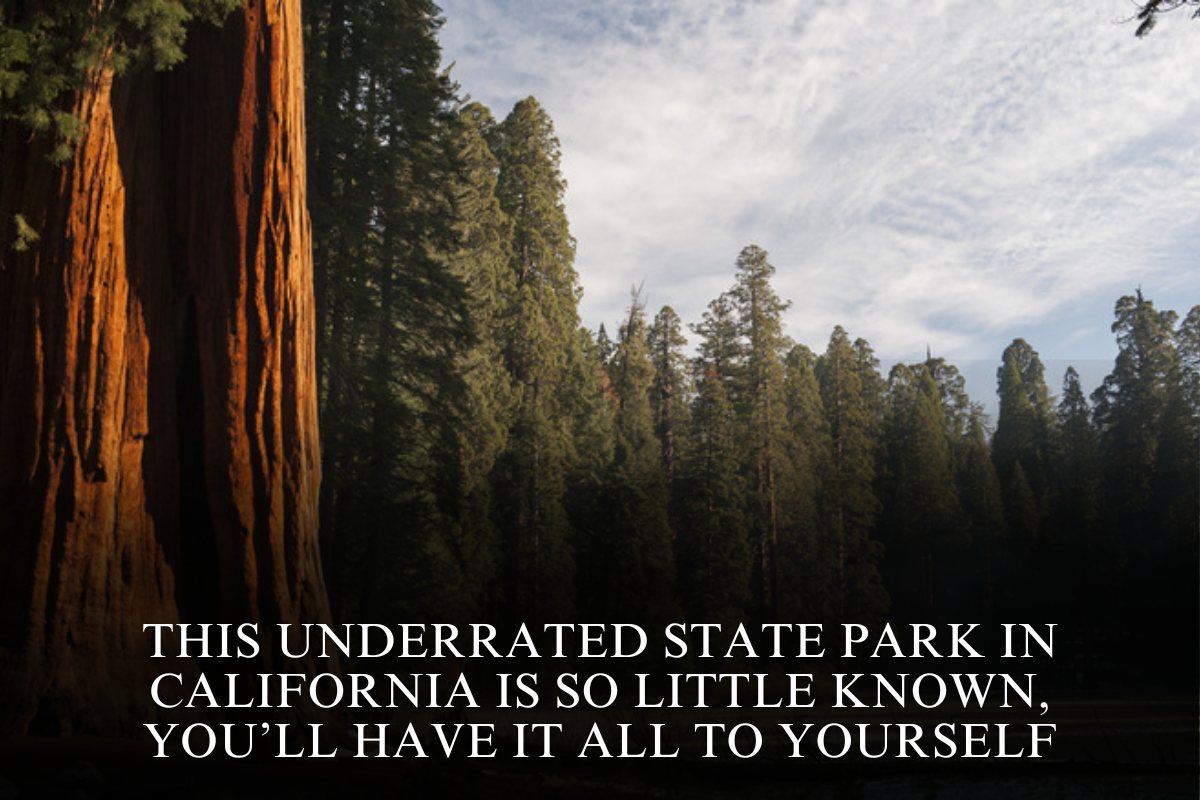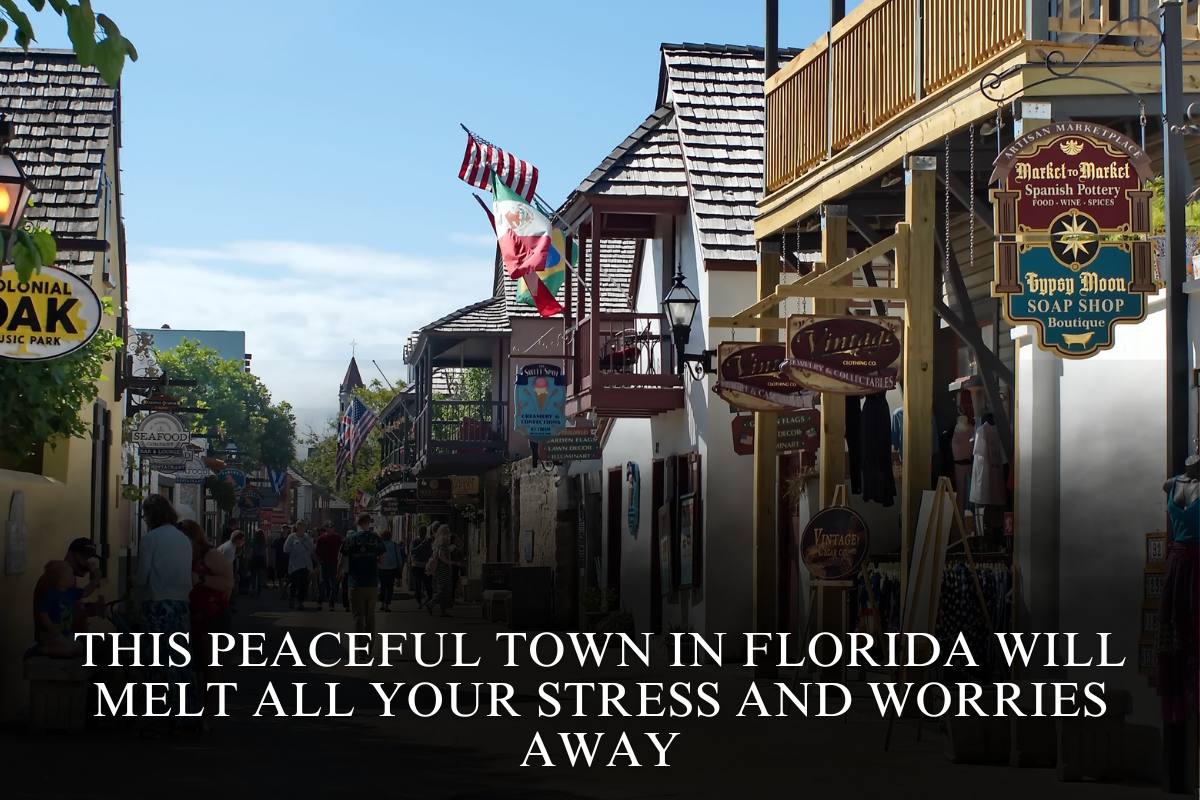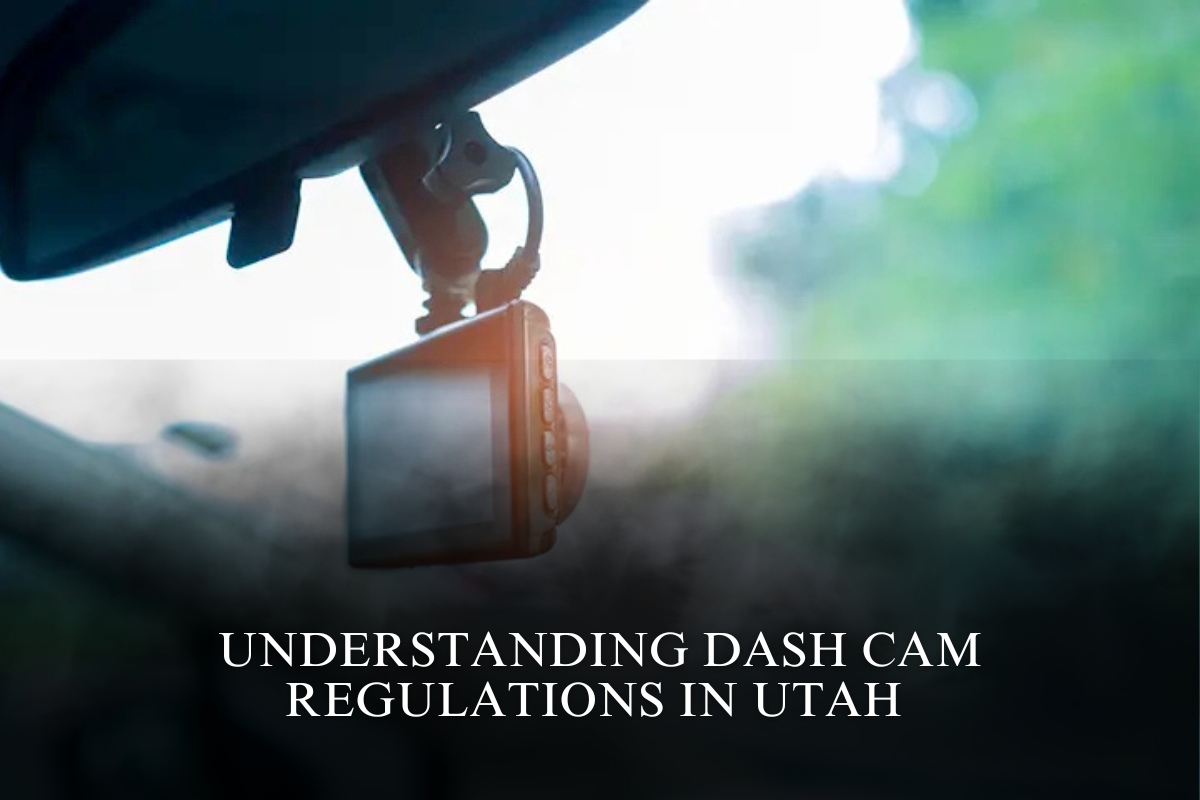Washington state is home to many breathtaking natural wonders, but one site stands out for its combination of beauty and risk: Mount St. Helens. Frequently named among the most dangerous tourist attractions in the United States, this active stratovolcano draws adventurers, hikers, and sightseers from around the world—yet it demands respect for its volatile nature and challenging environment.
Why Mount St. Helens Is Considered Dangerous
Volcanic Activity: Mount St. Helens is infamous for its catastrophic 1980 eruption, which remains one of the most significant volcanic events in U.S. history. The volcano is still active, with ongoing seismic activity and occasional steam plumes, reminding visitors that the threat of future eruptions is ever-present.
Unpredictable Terrain: The landscape around Mount St. Helens is marked by unstable ground, deep ash deposits, and rugged lava domes. Landslides, rockfalls, and sudden changes in weather can pose serious risks to hikers and climbers.
Challenging Hikes: Popular trails, such as the climb to the crater rim, are strenuous and exposed. Rapid weather shifts, loose volcanic rock, and steep ascents can catch even experienced hikers off guard, leading to injuries or dangerous situations.
Remote Location: Emergency response in the area can be delayed due to the volcano’s remote setting and rough terrain, increasing the risks for those who venture off established paths or underestimate the conditions.
Notable Incidents
1980 Eruption: The eruption killed 57 people and caused widespread destruction, serving as a stark reminder of the volcano’s power.
Recent Accidents: While major eruptions are rare, hikers and climbers have been injured or required rescue due to falls, exposure, or getting lost in the rugged landscape.
Safety Tips for Visitors
Check Volcanic Activity: Always consult the U.S. Geological Survey or local authorities for up-to-date information on volcanic activity and trail conditions before visiting.
Be Prepared: Bring proper gear, extra food and water, and navigation tools. Weather can change rapidly, and cell service is limited.
Stay on Marked Trails: Straying from established paths increases the risk of accidents and makes rescue more difficult.
Travel with a Group: Solo hiking is discouraged due to the potential hazards and the remoteness of the area.
What Makes Mount St. Helens Unique
Despite the risks, Mount St. Helens offers unparalleled opportunities to witness nature’s raw power and resilience. The landscape is a living laboratory, showing how life returns after devastation. For those who respect its dangers and come prepared, it’s one of the most awe-inspiring—and humbling—destinations in the Pacific Northwest.
Mount St. Helens stands as a stark reminder that some of America’s greatest attractions are also its most formidable. Visitors are drawn by the promise of adventure and the chance to experience a landscape shaped by fire and ash—but safety and preparation are essential for a memorable and safe visit.
Sources
[1] https://www.loveexploring.com/gallerylist/166392/these-are-the-most-dangerous-tourist-attractions-in-the-us
[2] https://www.movoto.com/guide/wa/most-dangerous-places-in-washington/
[3] https://reolink.com/blog/most-dangerous-cities-in-washington/
[4] https://www.youtube.com/watch?v=se29Du4wSXc
[5] https://www.tripadvisor.in/ShowTopic-g28968-i73-k14591689-Where_to_visit_and_where_not_to-Washington.html







